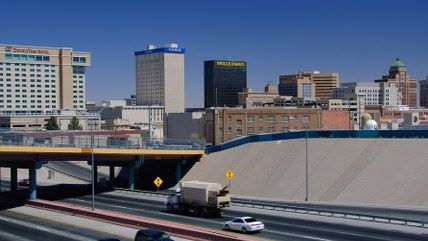Robert Poole on How to Pay for New Highways


Most of us take Interstate highways for granted. If you're under 30, they have always simply been there: the long dull stretches of open road on family road trips, the clogged arteries of your daily commute. But prior to the 1960s, highways as we know them today didn't exist. There were hardly any long-distance freeways without cross traffic or with safe separation between opposing lanes. Most commuting was done on boulevards with stoplights every half mile or so. The Interstates brought faster, safer travel by car and truck to all of America. Today, these 47,000 miles of highway handle an amazing volume of traffic. A quarter of all vehicle-miles traveled take place on Interstates, even though they account for just 2.5 percent of all U.S. highway lane-miles.
Unfortunately, we can't assume the Interstates will always be there. Even well-designed and well-maintained highways eventually wear out and need to be rebuilt. What's more, many Interstate corridors, both rural and urban, are congested today and will be more congested in the future. Road pricing could help, but as the economy and population keep growing, our transportation infrastructure must grow along with it: We're going to need more lanes. The Reason Foundation's co-founder and Director of Transportation Policy Robert Poole examines how we can pay for it all moving forward.


Show Comments (0)